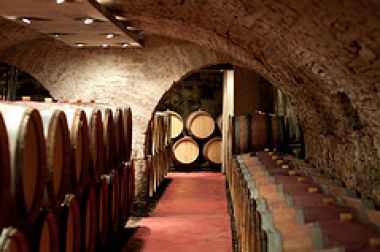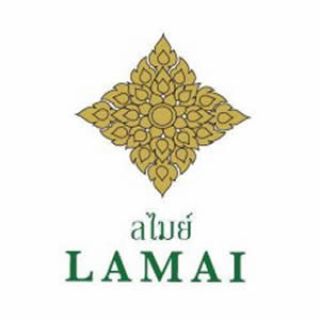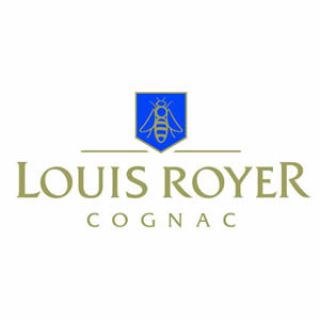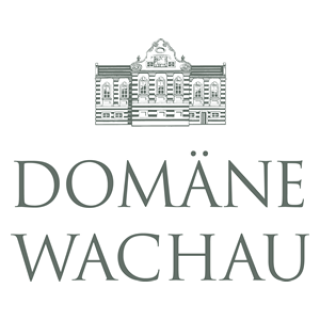五 24 2月 2012
Burgundy – the new favourite in China
Chinese interest in wine has developed at a rapid rate. While some nations might take years to develop their taste for wines, in China, trends for wine has changed in a little over a year.
While once Bordeaux was the firm favourite among Chinese consumers, with bottles of the finest first growth wines selling for record amounts at auction, it is Burgundy which now takes a stand.
One of the reasons for this could be because drinkers in China are expanding their knowledge and taste for wine. They are daring to explore beyond the most expensive Bordeaux and even taking wine education classes to learn more about grape varieties and viticulture.
China's thirst for wine has been illustrated recently by figures from Vinexpo, which reported that in 2011, China actually overtook Britain as a wine-drinking nation, becoming the fifth-largest wine market by volume.
Only the US, Italy, France and Germany trade more in wine and this could one day change as wine consumption in China increased by as much as 21.5 per cent in just 12 months. Vinexpo predicts that the country could become the second-biggest wine market in just three years, The Drinks Business reported.
Interest in Burgundy could be one of the regions to propel China's consumption of wine. The region has spent a number of years in the shadow of Bordeaux, but thanks to a good year for brands like Domaine de la Romanée-Conti, it is attracting more drinkers.
In an article for online wine magazine Palate Press, Prateek Arora observed that China will become Burgundy's sixth-largest market by value in the coming months.
"Not surprisingly, names like Domaine de la Romanée-Conti and other high-end producers will constitute a big part of it," he noted, adding that the growing interest in these wines has been welcomed by many Burgundian vignerons.
Last November the Bureau Interprofessionnel des Vins de Bourgogne (BIVB), the body that represents the region, published a report after it picked up on China's growing love for the region. It predicted that by the end of 2011, Asia will represent almost ten per cetn of export revenues of Burgundy, a huge contrast to the two per cent value it held in 2005.
The BIVB even went so far as to say that China and Hong Kong is 'Burgundy's new engine' and suggested that the region had huge growth potential there as imported wines still only represent 20 per cent of wine consumption in China.
Illustrating just how popular Burgundy wine is, auction house Sotheby's first fine wine sale of 2012 saw a case of Romanee Conti 1990 fetch HK$1.8 million, topping its HK$1.5 high estimate. A Christie's auction this month, meanwhile, saw a case of Vosne-Romanee Premier Cru 1985 soar past its HK$1 million estimate and sold for HK$2.05 million.
Another interesting trend developing among more affluent people in China is that they are buying up land in Burgundy. For some time, Chinese businesspeople and even celebrities have bought financially-strapped chateaux in Bordeaux, but others are taking a bet on Burgundy.
Just this month Chinese businessman Shi Yi has purchased patches of vines in Vosne-Romanée, marketing them specifically for the Chinese market. His work at the vineyard has already seen three containers of Burgundy wine shipped to Shanghai.
Traditional Burgundy producers are also heading over to China to nuture the market there, with growers Eric Rousseau and Jeremy Seysses of Domaine Dujac helping to build what could become an even stronger Burgundy market in Asia this year.
However, Burgundy could be facing its own threat just like it has pushed Bordeaux of its mantel. While red wines currently make up 91 per cent of total wine consumption in China, Vinexpo's recent figures also show that white wine drinking has become popular.
In the past year, white wine drinking has increased in China by 19 per cent, but it predicts this to soar by 70 per cent by 2015.
Vinexpo's chairman Dominique Heriard Dubreuil, was cited by The Drinks Business as saying that China's developing taste fo white wine will be an 'educational challenge' to vintners from across the globe.
As China evolves its taste for wine, producers, retailers and consumers will all be keen to see what can happen next in this exciting market.















